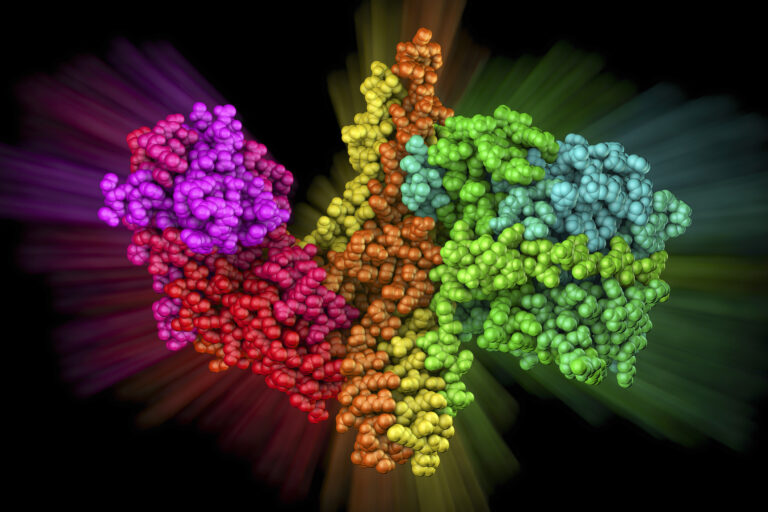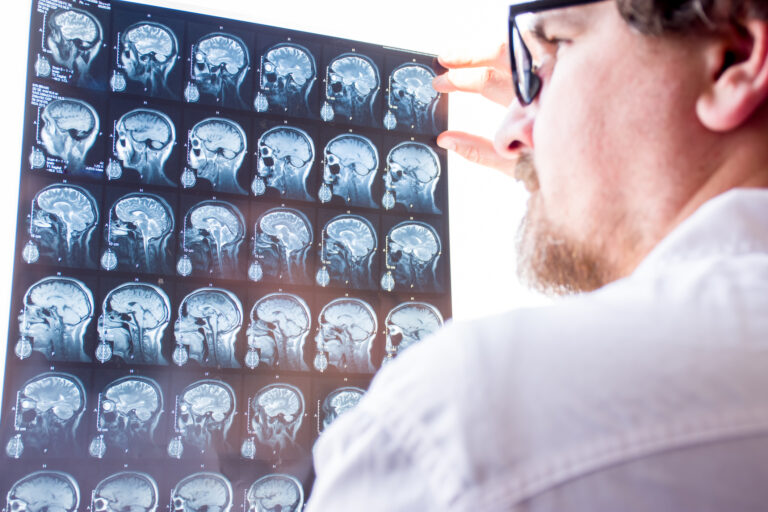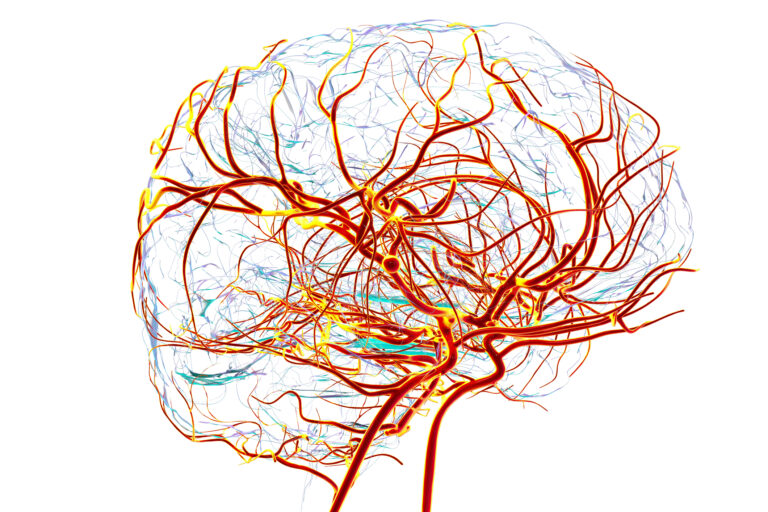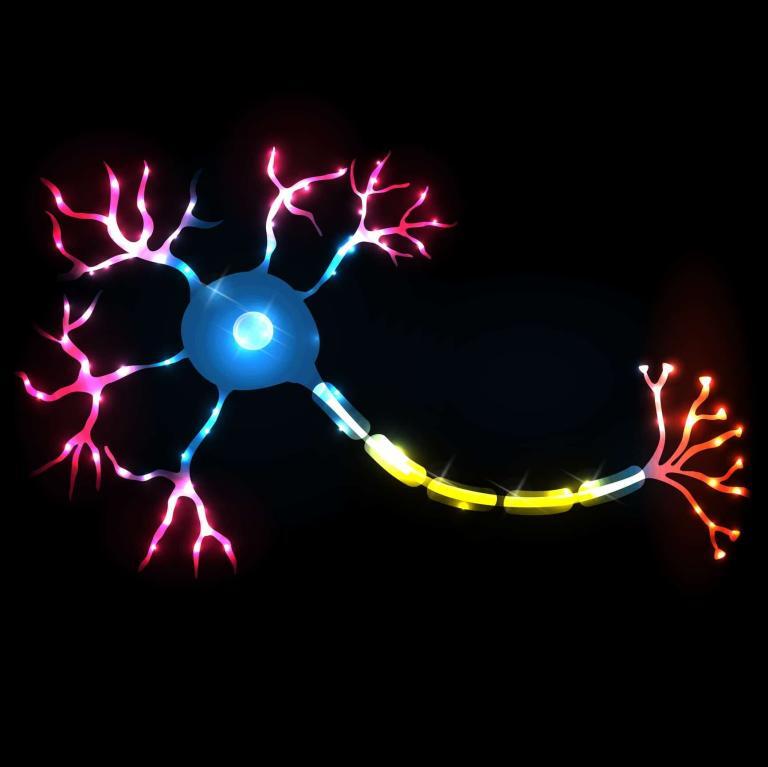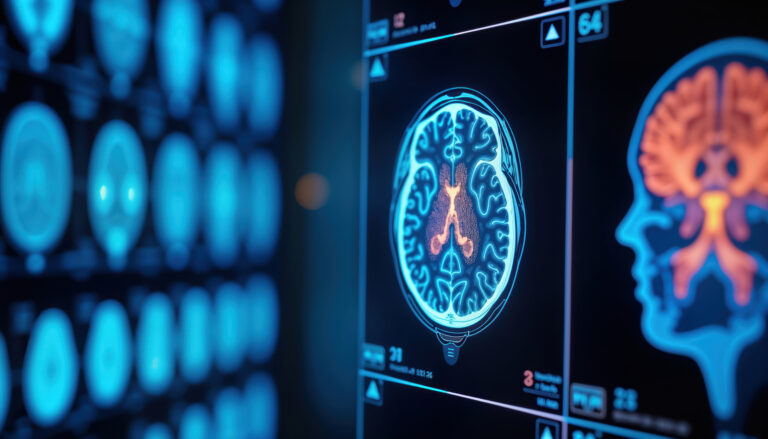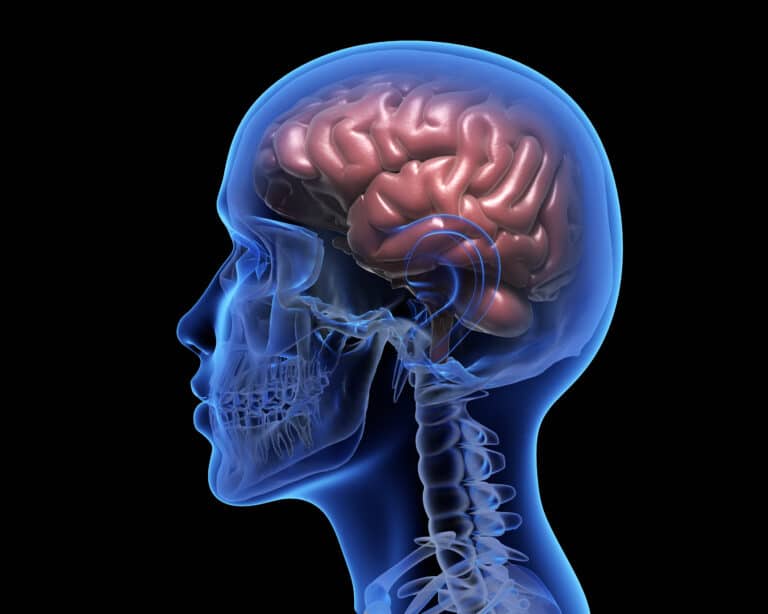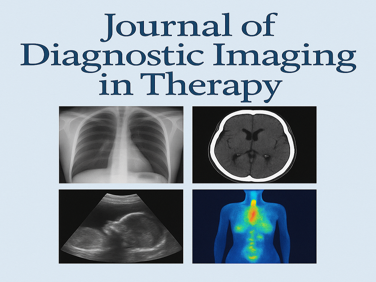Neurodegenerative Disorders
Neurodegenerative disorders are a group of diseases characterized by the progressive loss of neurons, leading to cognitive decline and functional impairment. These diseases, which include Alzheimer’s, Parkinson’s, Huntington’s, and Amyotrophic Lateral Sclerosis (ALS), present a significant public health challenge due to their increasing prevalence and devastating impact on patients and their families.
Medical imaging is crucial in diagnosing, monitoring, and understanding neurodegenerative disorders, allowing physicians and researchers to visualize and assess the brain’s structure and function.
Various imaging modalities are employed to study neurodegenerative disorders, each offering unique insights into the disease process. As previously mentioned, magnetic Resonance Imaging (MRI) is a versatile and powerful tool used to visualize soft tissues in the brain. In addition, structural MRI can detect atrophy or shrinkage of brain regions affected by neurodegenerative diseases, allowing for early diagnosis and tracking of disease progression.
For example, in Alzheimer’s, the hippocampus and entorhinal cortex typically show early signs of atrophy, while in Parkinson’s disease, the substantia nigra and basal ganglia exhibit degeneration.
Functional MRI (fMRI) can provide information about changes in brain activity and connectivity patterns in neurodegenerative disorders. By measuring blood flow changes in response to cognitive tasks or at rest, fMRI can identify alterations in brain networks related to memory, executive function, or motor control. This information can help differentiate between neurodegenerative diseases and provide insights into their underlying mechanisms.
Positron Emission Tomography (PET) is another imaging modality employed to study neurodegenerative disorders. PET uses radiotracers to visualize and quantify molecular processes in the brain. For example, in Alzheimer’s, amyloid PET imaging can detect the accumulation of amyloid-beta plaques, a pathological hallmark of the disease, even in its early stages.
Similarly, tau PET imaging can visualize the accumulation of tau protein tangles, another Alzheimer’s disease biomarker. Dopamine transporter PET imaging is used to evaluate Parkinson’s disease, as it can reveal the loss of dopaminergic neurons in the brain’s basal ganglia.
Single-photon emission computed tomography (SPECT) is another nuclear imaging technique that can help assess neurodegenerative disorders. Like PET, SPECT uses radiotracers to visualize specific brain processes. In Parkinson’s disease, for instance, SPECT can assess dopamine transporter function, providing valuable information about the disease’s progression and response to treatment.
Medical imaging is also critical in developing novel therapeutics for neurodegenerative disorders. As a noninvasive and quantitative biomarker, imaging can help assess the efficacy of experimental treatments and monitor their effects on the brain.
You are here:
home » neurodegenerative disorders




